Why they wear it: 5 interesting clothing choices explained
Ever wonder why the queen wears bespoke gloves, or chefs don those funny hats? Read on.

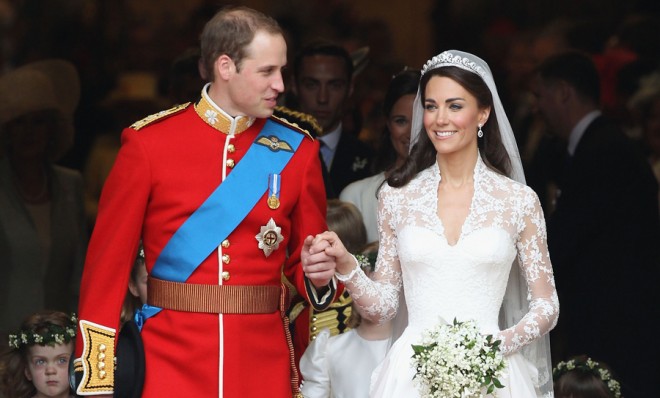
1. Cords and ropes on military uniforms
When Prince William married last year, the ropes, belts, braids, and sashes worn by the male members of the wedding party were nearly as impressive as the bride's gown. Some parts of a dress uniform, such as a sword, are easy to imagine the source of. But what about the extravagant shoulder pads (epaulettes) and the braided ropes draped down the torso (aiguillettes)? What are they for? Like a dress sword, both likely had origins in ancient battle armor. Epaulettes are what remain of a soldier's side belt, typically slung over the shoulder and used to carry guns, ammunition, and other necessities. The belt would be tied at the shoulder, the loose ends forming a ribbon. The aiguillettes, (coming from the French word for "small needle") have a less verifiable origin. There are stories describing their beginning as hangman ropes, equestrian gear, or a cord holding a pencil. Most historians believe that they are a holdover from the lacing required to fasten armor. From the Naval History and Heritage Library: "A knot or loop arrangement was used, which sometimes hung down from the shoulder. It is evident that for such use, pointed tabs would be placed on the ends of the lacing to facilitate threading and to hold the knot. Hence, the term aiguillette." These practical laces soon become ornamental, signifying rank and status.
2. The queen and her gloves
The Week
Escape your echo chamber. Get the facts behind the news, plus analysis from multiple perspectives.

Sign up for The Week's Free Newsletters
From our morning news briefing to a weekly Good News Newsletter, get the best of The Week delivered directly to your inbox.
From our morning news briefing to a weekly Good News Newsletter, get the best of The Week delivered directly to your inbox.
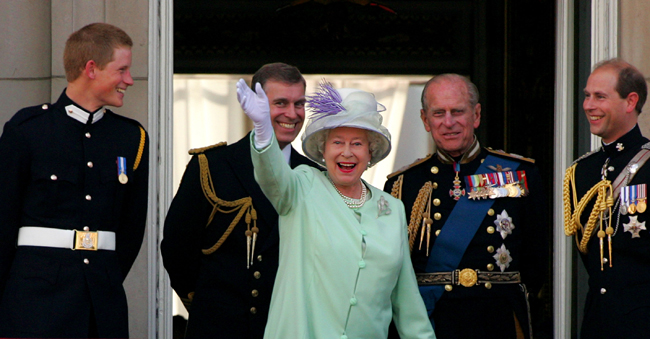
Queen Elizabeth is never seen in public without her bespoke gloves. She orders about 12 pairs a year, usually bracelet length, made simple and sturdy. While it is true that the queen is from an age and class in which women commonly wore gloves, she doesn't just wear them to complete her outfit. It all comes down to simple multiplication. In 2010, Her Majesty had 444 engagements, each requiring her to shake hands about 100 times. That means the queen has to touch other people's hands on average 44,400 times a year — and she's been queen for 60 years. It's a germaphobe's nightmare, and an invitation for repetitive stress disorder. It's no wonder those about to shake her hand are briefed ahead of time on how to do it. Just a light touch. No squeezing allowed.
3. Surgical masks in Japan
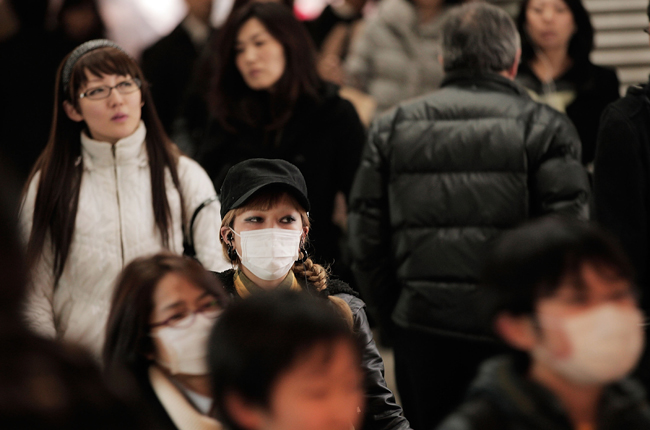
Westerners find a lot about Japanese culture puzzling, from Hello Kitty to being romantically involved with body pillows. One of those uniquely Japanese idiosyncrasies is the wearing of surgical masks in public. The main reason Japanese people wear these masks is basic: Either they're sick, or everyone else is. Urban centers such as Tokyo have a massively dense population, with more than 6,000 people per square kilometer. With that much potential illness floating in the air, it's thought inconsiderate to not wear a mask if you're going out sick. There are other reasons as well. Shy Japanese girls often wear masks when posting (even very innocent or boring content) to YouTube, and there is even a biker gang, the Bosozoku, who wear the masks for anonymity.
4. Sikh turbans
A free daily email with the biggest news stories of the day – and the best features from TheWeek.com
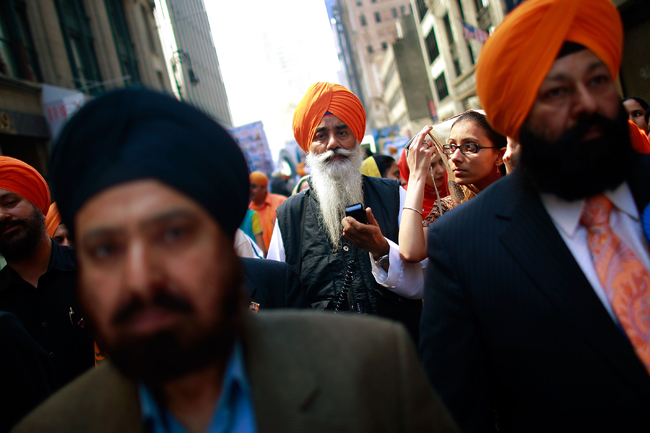
Cultures all over the world use wound cloth as a head covering, but the Sikh turban is a little different. Sikhism is a religion originating in India. The turban, called a dastar, mostly worn by Sikh men, is part of that religion. Aside from the dastar, Sikhs also wear five other symbols of their faith: (i) The Kesh means that a Sikh never cuts his hair; (ii) the Kanga is a wooden comb worn under the dastar; (iii) Katchera are cotton undergarments; (iv) the Kara is an iron bracelet; (v) and the Kirpan is an iron dagger that a Sikh is supposed to carry at all times. These objects have been part of the Sikh religion since 1699, when the 10th Sikh guru ordered it to be so. Specifically, the dastar is worn, according to Sikhnet, as a public declaration of faith:
The turban doesn't represent anything except complete commitment. When you choose to stand out by tying your turban, you stand fearlessly as one single person standing out from 6 billion people. It is a most outstanding act. [Sikhnet]
5. A chef's white jacket and poufy hat
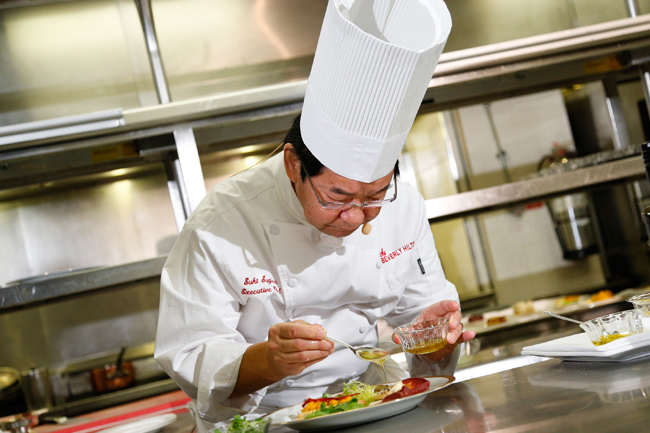
The poufy chef's hat, called a toque, is probably a natural evolution of a medieval cook's headgear, made fanciful by 19th century chefs who wanted to make the uniform more recognizable. More interesting is the traditional double-breasted white chef's jacket. The jacket, like the traditional toque, is white to emphasize sanitation. However, anyone who has spent time in a kitchen knows it's impossible to stay clean while working there. That is why the jacket was double breasted, so that it may be rebuttoned backwards to hide stains. The buttons on the jacket were originally thick knots to hold up under frequent washing. The thick white cotton helps counteract heat and burns.
Therese O'Neill lives in Oregon and writes for The Atlantic, Mental Floss, Jezebel, and more. She is the author of New York Times bestseller Unmentionable: The Victorian Ladies Guide to Sex, Marriage and Manners. Meet her at writerthereseoneill.com.



